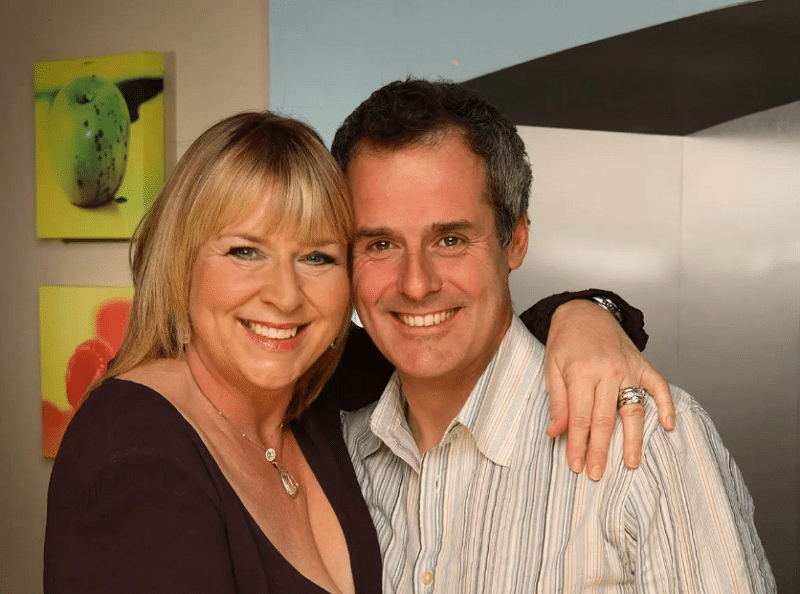Think e-waste is just phones and laptops? That’s the common picture, but it barely scratches the surface. The reality is, a heap of everyday items qualify as electronic waste, and most of them don’t look like tech. They’re small, often cheap, and easily forgotten. That’s a problem. Because when they’re thrown out with the regular rubbish, they end up in landfills, leaking chemicals and wasting valuable materials.
It’s Not Just “Big Tech”
Most people associate e-waste with big-ticket items — TVs, tablets, computers. But anything that runs on power (plug or battery) and stops working becomes e-waste. It doesn’t matter if it costs $1 or $1,000.
That includes things like:
- Electric toothbrushes
- Cables and phone chargers
- Old remotes
- Toys that light up or make sounds
- Kitchen gadgets like digital scales or timers
- Power boards and extension cords
- Fitness trackers and smartwatches
- Cheap handheld fans
- Headphones (wired or wireless)
If it has a battery, a circuit board, or needs electricity to work, it counts.
The issue is that these smaller items often end up overlooked when it comes to e waste disposal. They’re tossed in kitchen bins, thrown in drawers, or dumped in bulk during a cleanout. But just because they’re not flashy doesn’t mean they’re harmless.
Why It’s a Big Deal
There are two sides to why proper e-waste disposal matters: what’s inside these devices, and what we lose when we toss them incorrectly.
Toxic stuff we don’t want in a landfill
A surprising number of everyday electronics contain harmful materials. We’re talking things like:
- Lead – can contaminate soil and water
- Mercury – toxic to both humans and animals
- Cadmium – linked to serious health problems
- Flame retardants – often found in plastic casings, not biodegradable
These don’t just vanish when you bury them. They break down slowly and leach into the environment, affecting everything from water supplies to food chains.
Valuable materials that go to waste
Most e-waste includes metals that can be recovered and reused if they’re recycled properly. Inside even a cheap device, there could be:
- Copper wiring
- Gold plating (tiny amounts, but still there)
- Aluminium components
- Rare earth elements used in magnets and batteries
When these items are sent to landfills, we lose access to those materials. And the kicker? Mining new ones causes even more environmental damage.
The Hidden Pile in Your Home
Most households have an accidental e-waste stash. You know the kind: a drawer full of tangled cords, a cupboard with half-working gadgets, or a box of “maybe one day I’ll fix this” electronics that haven’t been touched in years.
It doesn’t feel like waste because it’s not actively rotting or spilling. But it is waste, and it’s piling up.
These low-key items are easy to ignore, but collectively, they make up a huge portion of what ends up in the wrong place. And because they don’t look like pollution, they don’t get treated like it.
So What Should You Actually Do?
You don’t need to overhaul your life to make a difference. But you do need a system. Here’s a simple place to start:
- Create an e-waste box – Use a sturdy container, and label it clearly. Keep it in a place you’ll actually use (like near the kitchen or laundry).
- Add as you go – Broken headphones, flat power banks, remotes that no longer work — they all go in.
- Don’t let the size fool you – Even the smallest gadget counts.
- Keep batteries separate – Store them in a sealed container, preferably out of reach of kids or pets.
- Find a nearby drop-off point – Many councils and community centres offer free e-waste collection. Some even do pick-up days.
Make it a rolling habit, not a once-a-year panic. Waiting for a big clean-out often leads to shortcuts, like dumping things in the general waste just to get them out of sight.
A Few Easy Wins to Look Around For
Not sure what to put in your e-waste box? Here are some commonly missed items you might spot today:
- That random old modem from your last internet plan
- Dead TV remotes you never got around to replacing
- Cheap battery-powered toys that have lost their sound
- Chargers for phones you haven’t owned in five years
- Broken fairy lights
- Digital bathroom scales
- A mouse or keyboard that’s stopped clicking properly
None of these look like pollution. But they are, if they’re not handled the right way.
It’s Still E-Waste, Even If It’s Small
Size doesn’t change the rules. Cost doesn’t change the rules. If it runs on electricity or batteries, and it’s not working anymore, it’s e-waste.
You don’t have to overthink it. Just build a habit of collecting these forgotten items, and every few months, take that box to the right place.














